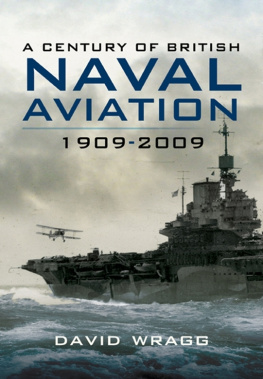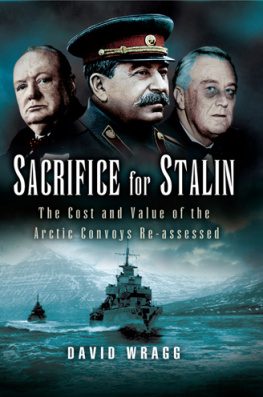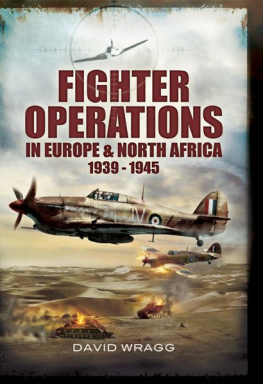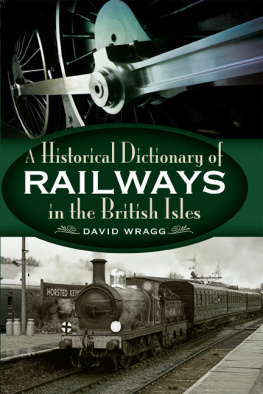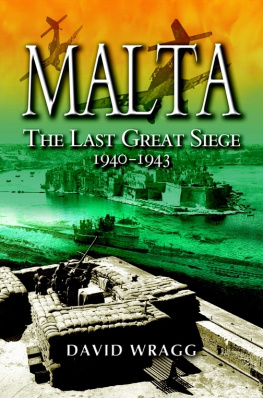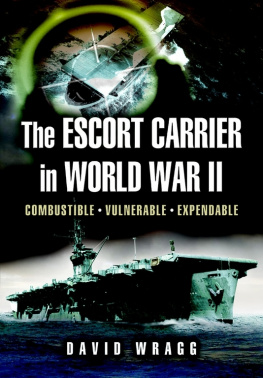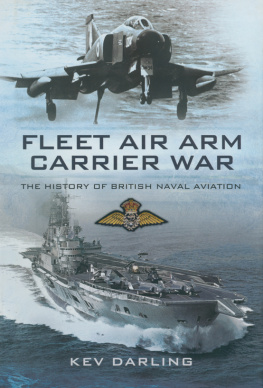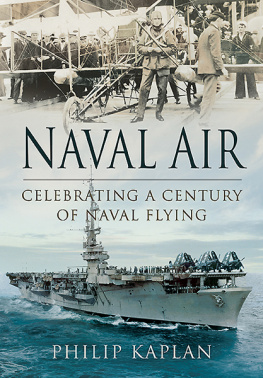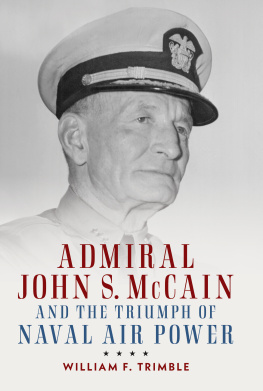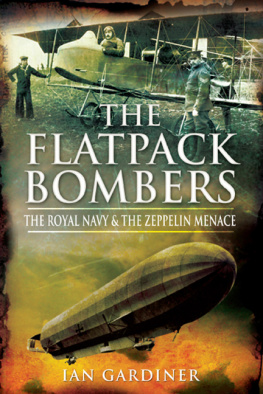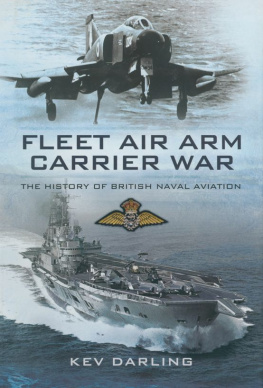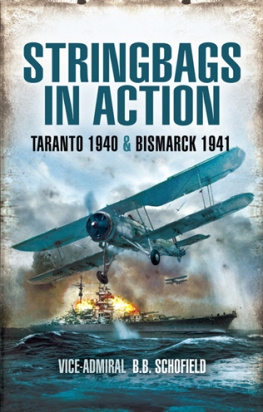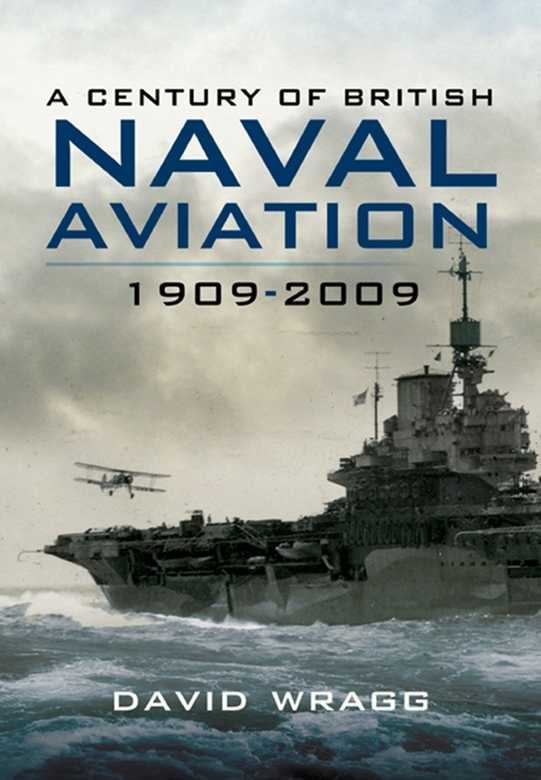United Kingdom
The rapid growth of the RNAS and its commitment to providing air defence for the United Kingdom, as well as its anti-submarine commitments, meant that a substantial network of naval air stations was quickly established. Some were RFC stations, where the RNAS had what would later be described as lodging facilities. Abroad, the seaplanes and flying boats managed to settle down reasonably quickly alongside the naval bases, but ashore in France and Belgium, in particular, a large number of air stations were used, with units often moving at extremely short notice as the front line varied according to the ebb and flow of the conflict. Many air stations were used, some for very short periods, as in the retreat of late 1914. Some were used either by the RFC or the RNAS, or, of course, by the French and Belgians, as seemed expedient at the time.
While the bases were known as Royal Naval air stations, none seemed to have attracted ships names at the time, possibly because a high degree of impermanence existed, or perhaps because the RNAS was still officially part of the Army dominated RFC until 1915. The main bases in the UK for aeroplanes were:
Aldeburgh, Suffolk sub-station or satellite for Great Yarmouth.
Anglesey doubled up as an airship station.
Ashington, Northumberland basically an RFC station.
Atwick/Hornsea, Yorks basically an RFC station.
Bacton, Norfolk sub-station for Great Yarmouth.
Bangor, North Wales.
Barrow-in-Furness, Lancs doubled up as an airship station.
Bembridge Harbour, Isle of Wight sub-station for Calshot.
Bembridge or New Bembridge, Isle of Wight airfield.
Bowness-on-Windermere, Westmoreland private seaplane station used temporarily for training.
Brading, Isle of Wight basically an RFC station.
Burgh Castle, Suffolk sub-station for Great Yarmouth.
Butley, Suffolk existed as an experimental station, 1918 19.
Cairncross, Berwickshire basically an RFC station.
Calshot, Hampshire seaplane station at the mouth of Southampton Water.
Carnoustie, Forfarshire provided temporary lodging facilities until RNAS Dundee was ready.
Catfirth, Shetland flying-boat base.
Cattewater, Devon seaplane and flying-boat base close to Devonport.
Chickerell, Dorset special duties station.
Chingford, Essex training station.
Clacton, Essex seaplane station.
Covehithe, Suffolk night sub-station for Great Yarmouth.
Cramlington East, Northumberland special duties station.
Cranwell North (HMS Daedalus), Lincolnshire training station.
Cranwell South (HMS Daedalus), Lincolnshire training station.
Cromarty, Ross and Cromarty seaplane station convenient for Invergordon base.
Detling, Kent night-landing alternate for Eastchurch.
Donibristle, Fife shore station for shipboard seaplanes when ships visiting Rosyth.
Dover Harbour seaplane and flying-boat station.
Dover Guston Road landplane base mainly for fighters.
Dundee Stannergate, Forfar seaplane and flying-boat base.
Eastbourne, Sussex training school originally in private hands.
Eastchurch, Isle of Sheppey, Kent first RN air station and flying school.
East Fortune, East Lothian originally an airship station but then became a fighter station and also used for carrier aircraft in 1918.
Fairlop, Essex sub-station for Chingford.
Felixstowe, Suffolk seaplane and flying-boat station.
Fishguard, Pembrokeshire seaplane station.
Freiston sub-station for Cranwell, for bomb-aiming and aerial gunnery training.
Gosforth, Northumberland manufacturers aerodrome with lodging facilities for RNAS units.
Gosport, Hampshire used early in war.
Grain, Kent initially as a sub-station for Eastchurch, but also used for air defence of the fleet at the Nore and then marine aircraft experimental station.
Great Yarmouth, Norfolk major seaplane and flying-boat base.
Greenland Top, Lincolnshire basically an RFC station.
Hawkcraig Point, Fife experimental station in 1917 1918.
Hendon, Middlesex civil aerodrome taken over as flying school and aircraft park.
Holt, Norfolk sub-station for Great Yarmouth for night landings.
Hornsea Mere, Yorks seaplane sub-station for Killingholme.
Houton Bay, Orkney seaplane and flying-boat station close to Scapa Flow.
Immingham, Lincolnshire used by Eastchurch Mobile Squadron, then became kite-balloon base.
Killingholme, Lincolnshire mainly a seaplane and flying-boat base, but some landplane facilities.
Lee-on-the-Solent, Hampshire seaplane training station originally intended as sub-station for Calshot, but also became landplane base in due course.
Leuchars, Fife originally a training station, became Grand Fleet School of Aerial Gunnery and Fighting on 10 November 1918.
Leysdown, Isle of Sheppey sub-station for Eastchurch.
Luce Bay, Wigtownshire airship station later used by aircraft.
Machrihanish, Argyll originally an airship station but later used by landplanes.
Manston, Kent essentially a sub-station for Westgate.
Martlesham Heath, Suffolk basically an RFC station but also used as a sub-station for Felixstowe.
Mullion, Cornwall originally an airship station, but later used by landplanes.
New Haggerston, Northumberland basically an RFC station.
Newhaven, Sussex seaplane sub-station for Calshot, despite being some distance away.
Newlyn, Cornwall seaplane station.
North Coates, Fettes basically an RFC station.
Owthorne, Yorkshire basically an RFC station.
Padstow, Cornwall originally for seaplanes and flying boats, but also used by DH9 units.
Pembroke, Pembrokeshire airship station soon joined by aircraft.
Peterhead, Aberdeenshire seaplane station.
Porthholme Meadow, Huntingdonshire private airfield used as a testing station.
Portland Harbour, Dorset seaplane sub-station to Calshot, despite distance.
Prawle Point, Devon seaplane and flying-boat station.
Redcar, Yorkshire fighter and training station.
Rennington, Northumberland basically an RFC station.
Ringmer, Sussex night-landing station for Eastbourne.
Rochford, Essex fighter station.
Rosyth, Fife kite-balloon station, also used for ships aircraft.
Scapa, Orkney seaplane station but also became aircraft base and repair depot for aircraft from Grand Fleet.

